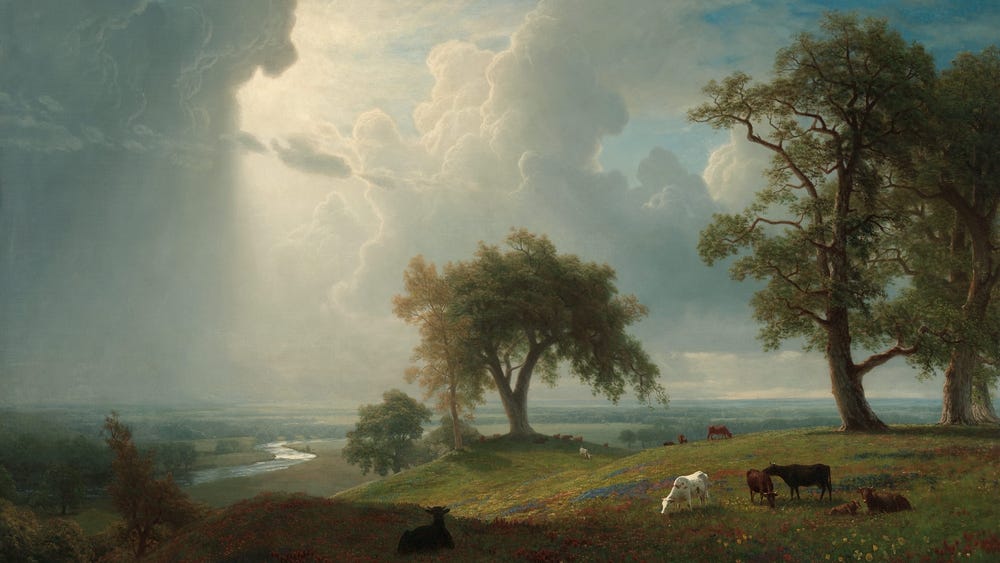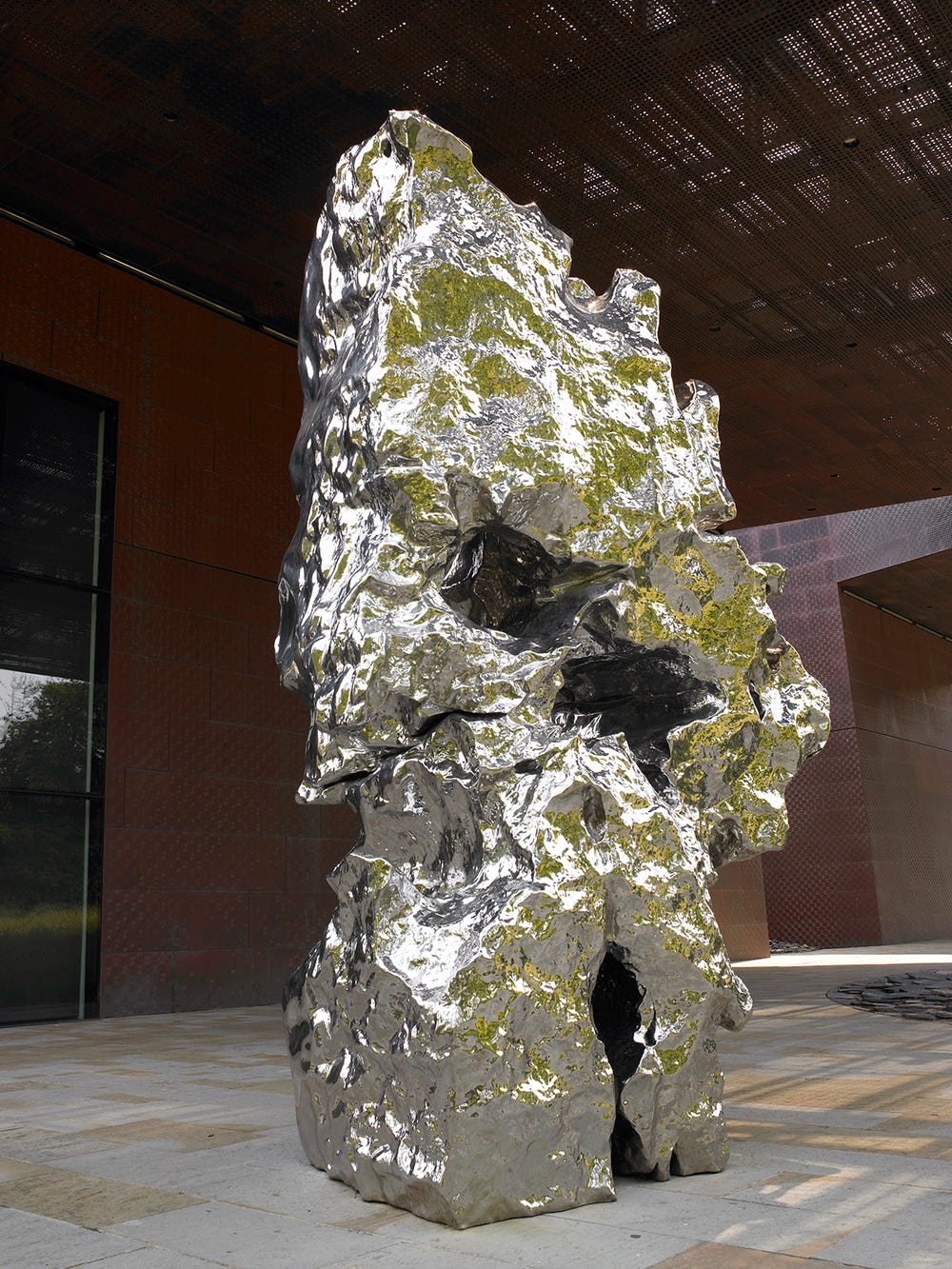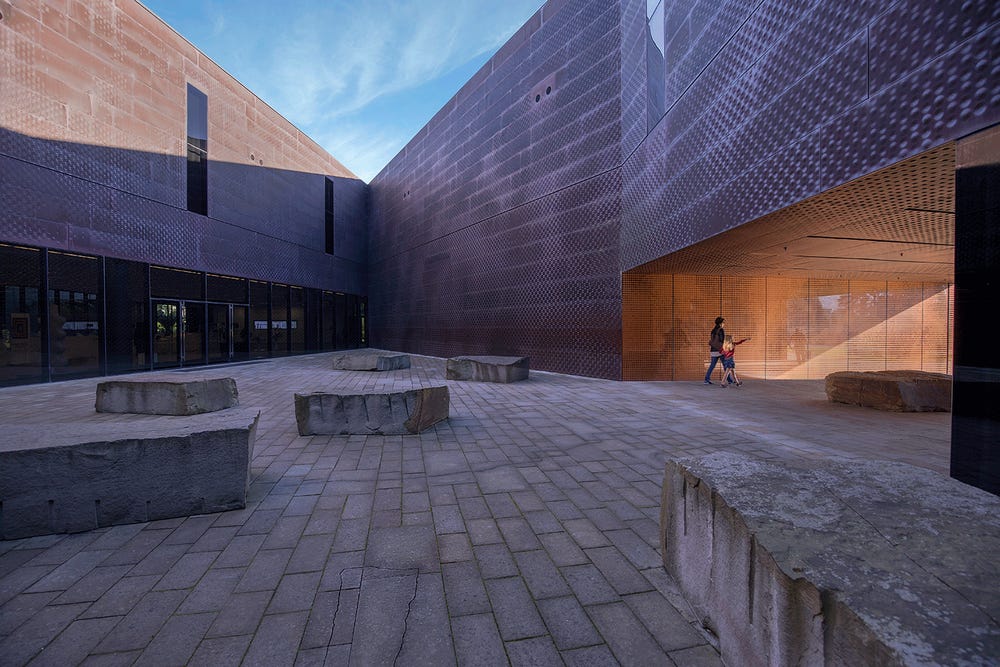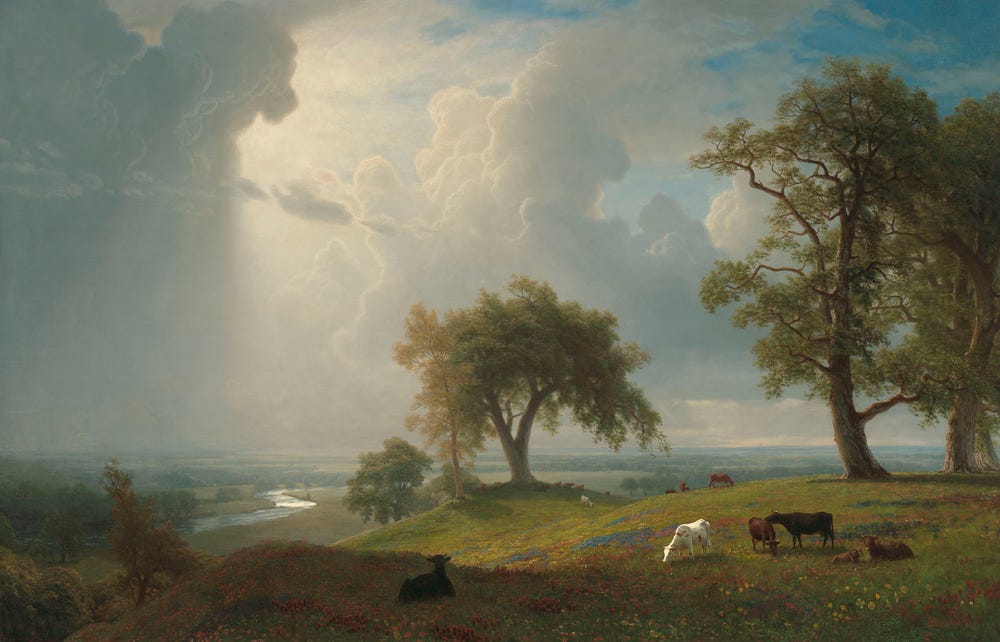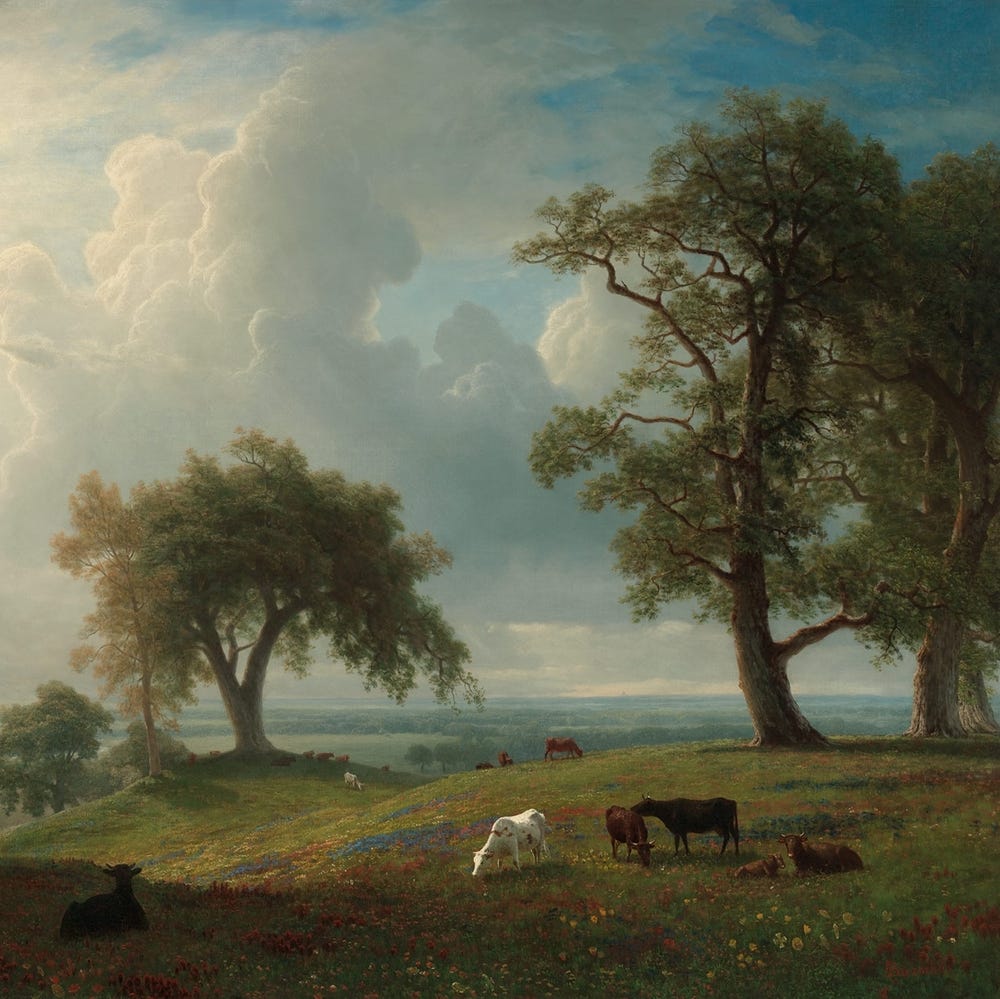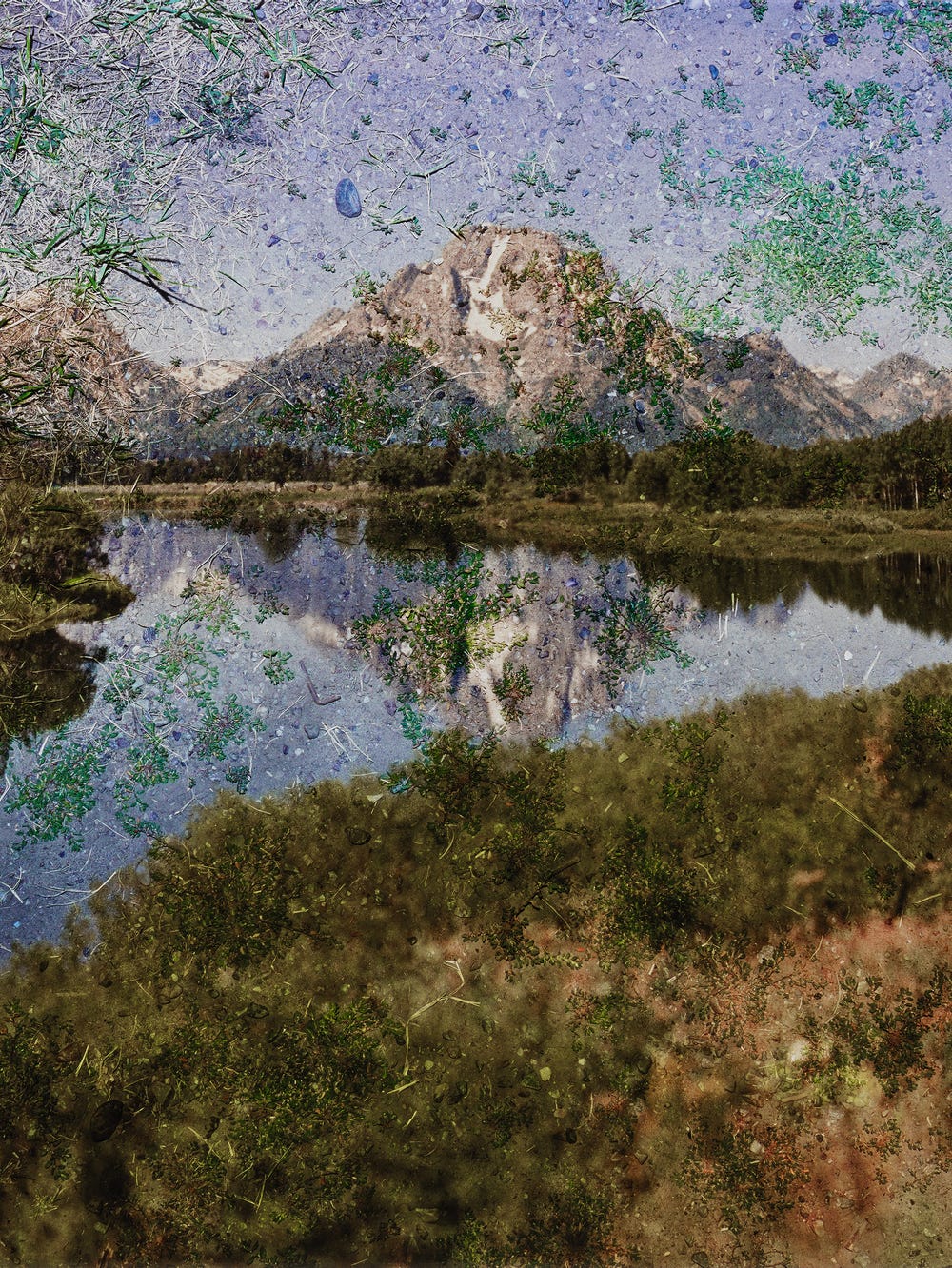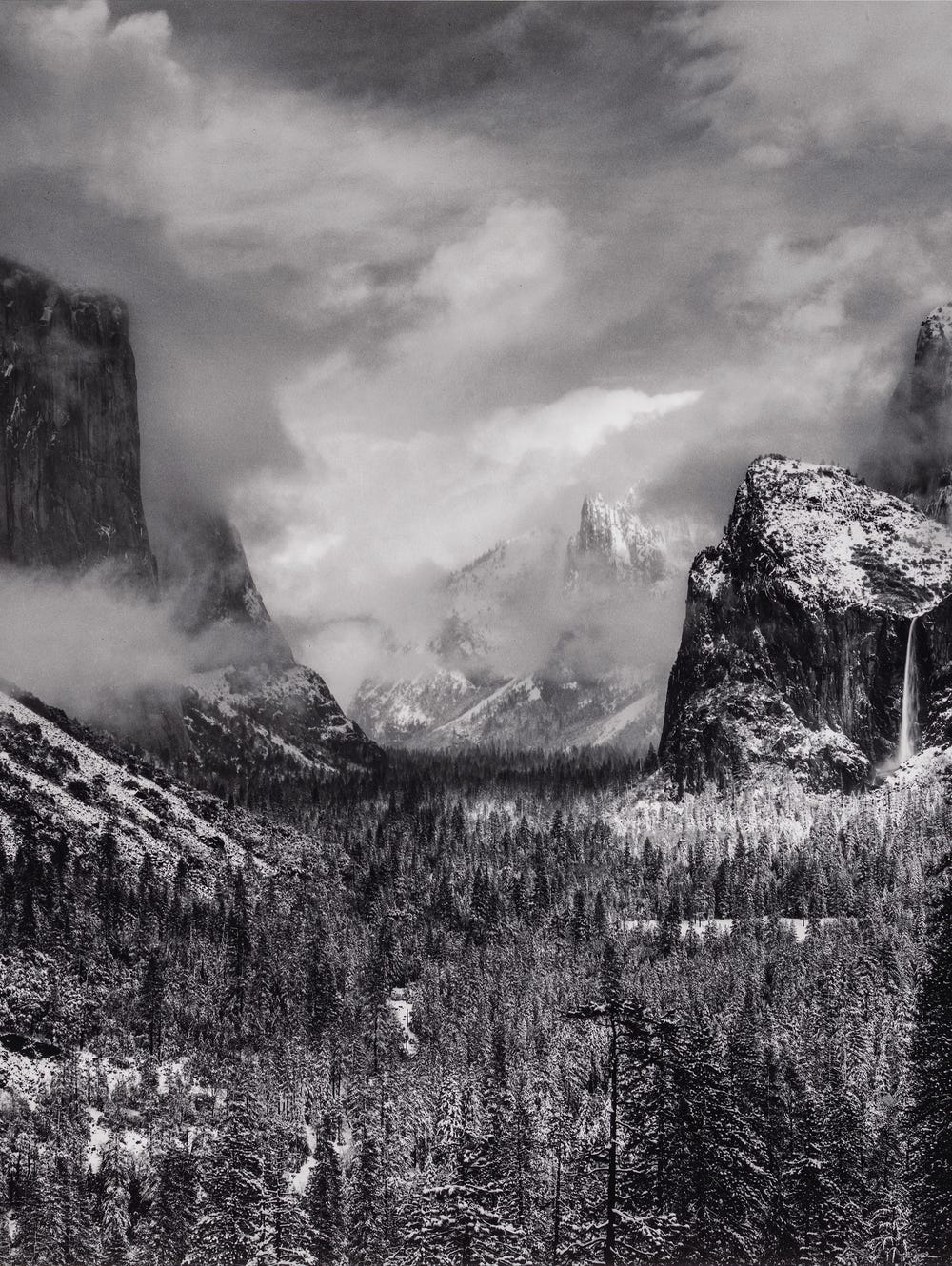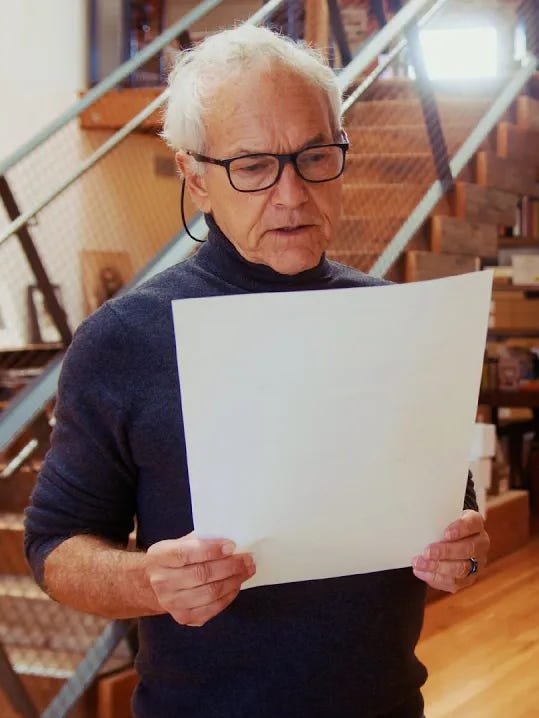Nature surrounds and permeates the de Young, from the lush greenery brushing its surfaces to its actual architectural design. Constructed to aesthetically complement the landscape of Golden Gate Park, the annular patterning of the building’s copper façade was designed based on pixelated images of the park tree canopy. The façade itself will oxidize over the course of its lifetime, its rust color organically transforming to shades of weathered green. The building’s copious windows offer visitors a continual awareness of the park and the natural landscape outside. Engineered to withstand earthquakes, the building's tower twists as it rises, its base adhering to the park’s grid while its tower corresponds to the city’s grid. This configuration physically represents the institution’s deep relationship with the city and the ways it shapes its collections to serve the city's needs. Together, these elements offer visitors a multisensory experience of nature within a modern architectural setting.
In my work, I confront the changes in old concepts and opinions—how something that you have been used to for centuries undergoes a radical change in a very short time.—Zhan Wang (2000)
Zhan Wang, Artificial Rock, 2005. Stainless steel, 177 1/8 x 78 3/4 x 94 1/2 in. (449.9 x 200 x 240 cm). Fine Arts Museums of San Francisco, Foundation purchase, a gift from Dagmar Dolby in celebration of Ray Dolby's 1965 founding of Dolby Laboratories, 2005.61. © Zhan Wang courtesy of Haines Gallery
Our building isn’t the only element influenced by the natural environment. Several site-specific works of art commissioned or accessioned on the occasion of the opening of the new de Young building also take nature as their muse. On view in the de Young’s sculpture garden, Zhan Wang’s monumental Artificial Rock (2005) references jiashanshi (fake mountain rocks), the large stones commonly found in Chinese gardens. Composed principally of limestone, the rocks can be as tall as twenty feet high and often have unusual and fantastic shapes, the result of centuries of water erosion. Known as “scholars’ rocks” in the West, the rocks are meant to evoke the mystical and inaccessible mountain paradise realms of the immortals in Buddhist and Taoist cosmology.
Andy Goldsworthy’s Drawn Stone at the de Young. © Andy Goldsworthy
Also commissioned for the opening of the new de Young building in 2005, Andy Goldsworthy's Drawn Stone takes the form of a meandering crack in the ground running from the roadway and through a series of cleaved boulders to the museum’s front door. Typically ephemeral, Goldsworthy's works emphasize natural processes of creation, erosion, and destruction. Referencing San Francisco’s status as an earthquake city, Drawn Stone highlights nature’s ability to undermine and even destroy the most monumental man-made structures. Blurring the distinction between the natural and the man-made, it asks the viewer to consider what constitutes a work of art.
The energy and space around a material are as important as the energy and space within. The weather—rain, sun, snow, hail, mist, calm—is that external space made visible. When I touch a rock, I am touching and working the space around it.—Andy Goldsworthy (1990)
The permanent collection also offers examples of how nature has inspired material and visual culture. Albert Bierstadt’s California Spring (1875) is painted from studies the artist made during his third western sojourn, which took place from 1871 to 1873. The artist and his wife traveled on the recently completed transcontinental railroad and, upon reaching San Francisco, lived in the city for two years, with Bierstadt making short sketching trips into the countryside during this time. In place of the panoramic scenes of the Rocky Mountains and Yosemite that Bierstadt produced in the 1860s, in California he painted the flat, wide plain of the Sacramento River Valley. The scene in this painting celebrates the American West as an Eden-like paradise, overlooking the harsh realities of agricultural life in the Central Valley, which was characterized by recurrent droughts, overgrazing, and poverty.
The ideology of Manifest Destiny supported the romantic belief that the settlement of the United States was predetermined and that its colonial citizenry had a moral obligation to subdue the North American continent from the Atlantic to the Pacific coasts. The rhetoric served the interests of those of European heritage by refusing to acknowledge the established communities of other nations and cultures, specifically Native Americans living between the Missouri River and Pacific Ocean. It was a language of empire perfectly suited to the discovery of gold in California in 1848, which set off a westward migration unprecedented in American settlement.
Albert Bierstadt (American, b. Germany, 1830–1902), California Spring, 1875. Oil on canvas, 54 1/4 x 84 1/4 in. (137.8 x 214 cm). Presented to the City and County of San Francisco by Gordon Blanding, 1941.6. Photograph by Randy Dodson, courtesy Fine Arts Museums of San Francisco
Art could not wish for a better subject.—Albert Bierstadt (1859)
Further Reading
Nancy K. Anderson, “‘Wondrously Full of Invention’: The Western Landscapes of Albert Bierstadt,” in Nancy K. Anderson and Linda S. Ferber, Albert Bierstadt: Art & Enterprise (New York: Hudson Hills Press, Inc., 1990), pages 70–71 and 80–81.
Albert Bierstadt, “Dear Crayon,” July 10, 1859, printed in The Crayon (September 1859): page 287.
Daniell Cornell, “Albert Bierstadt, California Spring: Another Chance for Eden,” in Timothy Anglin Burgard et al., Masterworks of American Painting at the de Young, (San Francisco: Fine Arts Museums of San Francisco, 2005), pages 125 and 127–128.
Francesca Dal Lago, “Space and Public: Site Specificity in Beijing,” Art Journal (Spring 2000): page 80.
Andy Goldsworthy, Andy Goldsworthy: A Collaboration with Nature (New York: Harry N. Abrams, Inc., 1990), page 1.
Aimee Le Due, “Zhan Wang: Conceptual Contemplation,” Sculpture (July / August 2008), pages 59-60.
James C. Y. Watt, “The Literati Environment,” in Chu-Tsing Li and James C. Y. Watt, The Chinese Scholar's Studio (New York: Thames and Hudson, 1987), pages 5–6.
Bryan J . Wolf, “How the West Was Hung, or, When I Hear the Word ‘Culture’ I Take Out My Checkbook,” American Quarterly 44, no. 3 (September 1992): pages 433 and 435.
“New-York Studio Notes,” The Art Journal (April 1875): page 124.
